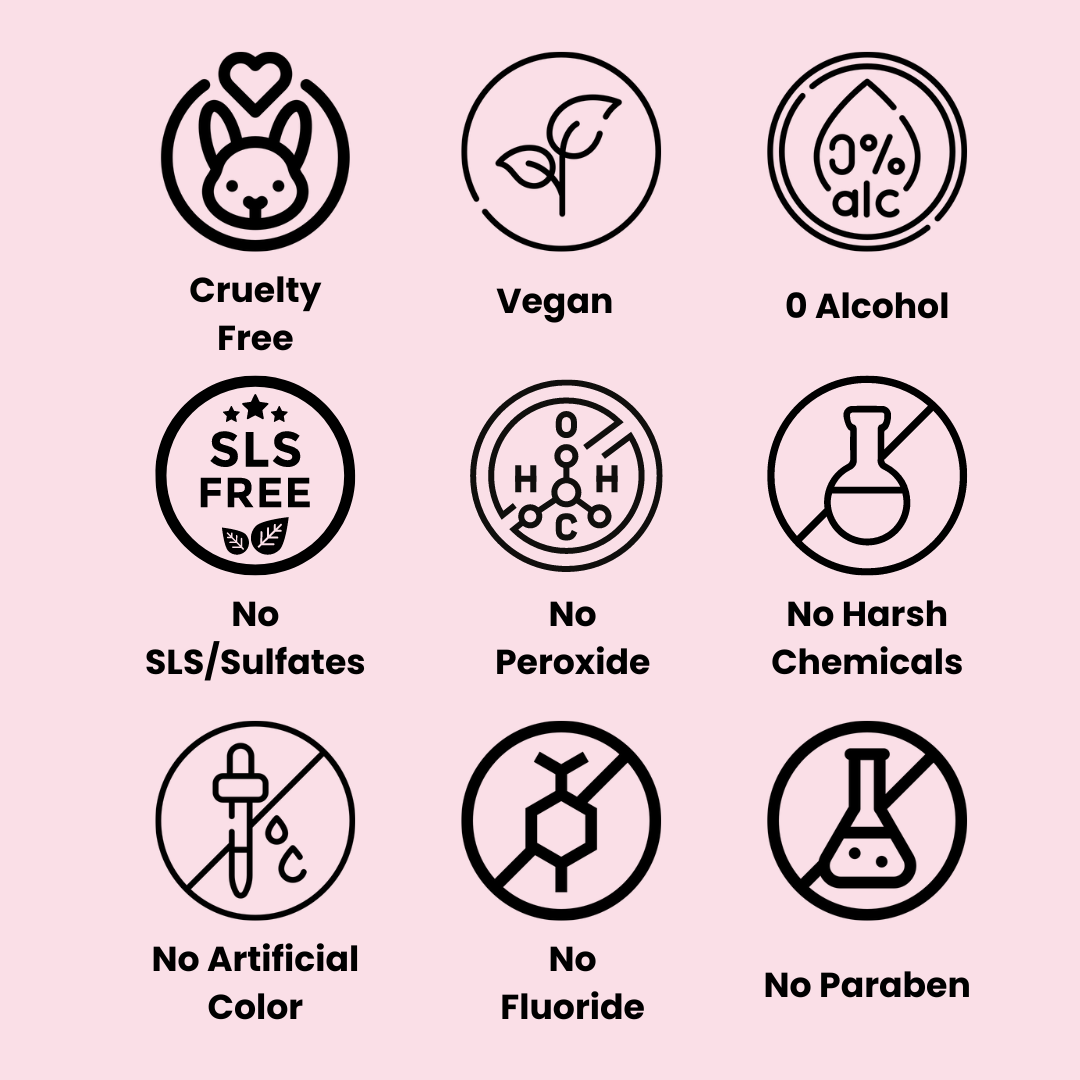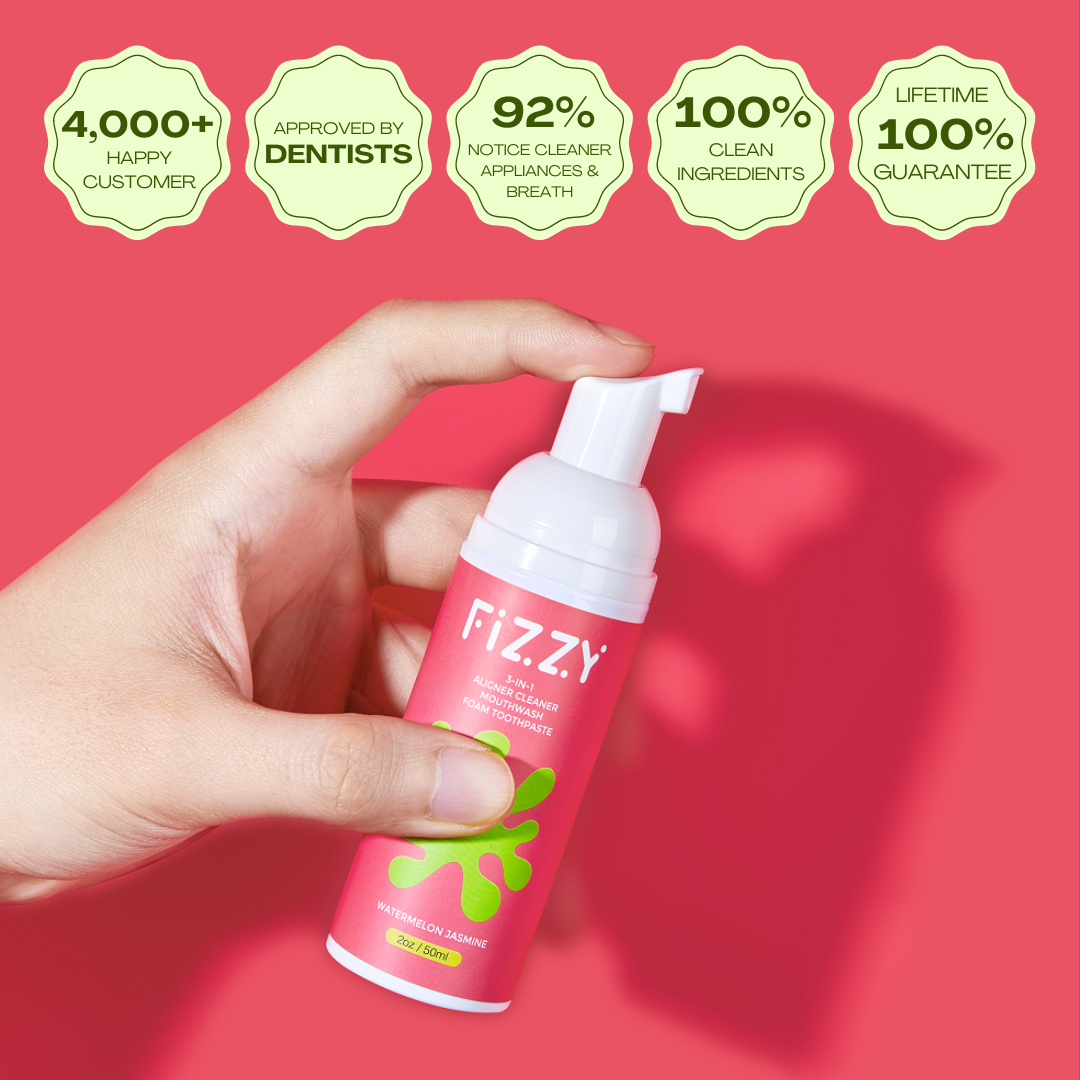
Does Invisalign hurt? Things You Need to Know About Invisalign Pain
Inside this Article:
- Why does Invisalign hurt?
- Does Invisalign Hurt More Than Braces?
- How Long Does Invisalign Hurt? When Does Invisalign Stop Hurting?
- Invisalign Hurts to Chew
- Invisalign Hurts to Take Off
- Invisalign Attachments Hurt
- Invisalign Hurts the Tongue
- How To Deal With Invisalign Pain
- Take over-the-counter pain relievers:
- Apply a cold compress:
- Use orthodontic wax:
- Use a soft-bristled toothbrush:
- Stick to a soft food diet:
- Wear your aligners as directed:
- Use aligner retrieval tools to remove aligners
- Switch to new trays before bedtime
- Keep good oral hygiene
- Conclusion
If you are just about to start or have just recently started your Invisalign journey, you might be wondering: Does Invisalign hurt? Is it normal for invisalign to hurt?
Let’s look at some research. A found that 58% of Invisalign patients experienced pain during the initial stages of the teeth alignment treatment, but that pain went down over time as the patient's mouth get used to the aligners. So yes, Invisalign treatment may hurt and it is completely normal to hurt.
In this article, we'll take a closer look at what causes pain and discomfort in your teeth alignment treatment and how to deal with the pain.
Why does Invisalign hurt?
Invisalign aligners are designed to gradually shift your teeth into the desired position. The aligners apply pressure to your teeth in order to move it so it is completely normal to experience some pain. Additionally, the aligners and dental attachments may rub against the soft tissues in your mouth and cause some irradiation.
Does Invisalign Hurt More Than Braces?
Both Invisalign and braces can cause some discomfort or soreness when you first start treatment as you are getting used to it. In general, most people find that Invisalign aligners are less painful than traditional braces. This is because the material for Invisalign aligners is more smooth and likely to irritate the soft tissues in your mouth than the attachments for braces. Additionally, Invisalign aligners apply more gradual pressure to your teeth, which can make the movement process more comfortable.
Overall, the level of discomfort with Invisalign versus braces can depend on several factors, including your individual pain tolerance, the complexity of your orthodontic case, and how well you follow your treatment plan.
How Long Does Invisalign Hurt? When Does Invisalign Stop Hurting?
Different people may experience different level of pain when they wear Invisalign and it also varies from one set of tray to another. Typically, when you start to wear new set of aligners or transition to a different stage of treatment, you might feel some soreness or discomfort for a few days. However, as your teeth and bone adapt to the new aligners, the discomfort should gradually go away within a few days. By the end of the first week with a new set of aligners, most individuals report minimal to no discomfort. But the sad thing is, you will soon move on to the next tray and the pain might have to start over.
Invisalign Hurts to Chew
Invisalign aligners can sometimes cause discomfort when you chew, especially during the first few days of wearing a new set of aligners. Here are some reasons why Invisalign may hurt when you chew:
- Pressure on teeth and gums: When you chew with your Invisalign aligners, the pressure from your teeth and gums can cause some discomfort or soreness. This is because the aligners are designed to move your teeth into a new position and your bone is shifting and hence it’s natural it will cause some temporary discomfort.
- New set of aligners: If you have just switched to a new set of aligners, your teeth may hurt more because your teeth are still adjusting to the new position. The pain usually goes away after a few days.
- Bite adjustment: In some cases, Invisalign treatment may involve making adjustments to your bite, which can cause some discomfort when you chew
Invisalign Hurts to Take Off
It is common to experience some discomfort or soreness when removing Invisalign aligners, especially during the early stages of treatment. This discomfort can occur for several reasons:
- Tight fit: As your teeth shift into the desired position, your aligners may fit more tightly. This can make it more difficult and uncomfortable to remove them.
- Attachments: In some cases, your Invisalign provider may add attachments or buttons to your teeth to help the aligners apply pressure more effectively. These attachments can make it more difficult and uncomfortable to remove the aligners.
- Inflammation: The pressure from the aligners can cause temporary inflammation of the gum tissue, which can make it more sensitive and uncomfortable when removing the aligners.
- Lack of experience: It can take some practice for new aligner wearers to figure out how to remove your aligners properly. If you are new to Invisalign treatment, take some time to get used to removing your aligners.
Invisalign Attachments Hurt
It is possible to experience some discomfort or soreness from Invisalign attachments. These small buttons are placed on specific teeth to help the aligners apply pressure more effectively. These dental attachments may cause some initial discomfort or irritation because they are rubbing against the inside of your mouth. The attachments may make it more difficult to remove your aligners too when you are taking the aligeners out.
Invisalign Hurts the Tongue
Invisalign aligners are supposed to fit snugly over your teeth and can sometimes press against your tongue. Here are some of the reasons why Invisalign can hurt your tongue:
- Rough edges: If the edges of your aligners are rough or jagged, they will rub against your tongue and cause irritation. This is more likely to happen when you first switch to a new set of aligners.
- The trays are too high: Invisalign is supposed to cover from your teeth to gum line. Some times they are made above the gum line to provide stronger hold but the trays may cut into your gum. In this case, file down the trays or use ortho wax.
- Dental attachments: Your dentist may glue some attachments to your teeth to help guide tooth movement and they’ll rub against the soft tissues, causing some discomfort.
- Allergies or sensitivities: Some people may be allergic or sensitive to the materials used in Invisalign aligners.
How To Deal With Invisalign Pain
Here are some tips to help deal with Invisalign pain:
-
Take over-the-counter pain relievers:
Tylenol can help reduce any discomfort or soreness. But make sure to avoid aspirin and ibuprofen as they can slow down the teeth movement process.
-
Apply a cold compress:
Applying a cold compress to your cheeks or lips can help reduce any swelling or soreness.
-
Use orthodontic wax:
If your aligners are rubbing against the inside of your mouth, applying orthodontic wax to the affected area can help reduce irritation and discomfort.
-
Use a soft-bristled toothbrush:
Brush with a soft-bristled toothbrush as it’s more gentle on your gum and soft tissues.
-
Stick to a soft food diet:
Eating soft foods, such as soups or smoothies, can help reduce any discomfort or soreness you may experience when chewing.
-
Wear your aligners as directed:
Wearing your aligners for the recommended amount of time each day and switching to a new set of aligners as directed can help ensure that your treatment progresses as planned and may help reduce any discomfort you may experience.
-
Use Aligner Retrieval Tools to Remove Aligners
Using a retrieval tool can help to reduce the amount of pressure that is applied to your teeth and gums when removing the aligners, which can help to minimize any discomfort or pain that you may be experiencing.
-
Switch to New trays Before Bedtime
When you switch to a new set of aligner trays, there is usually an adjustment period during which your teeth may feel slightly sore or uncomfortable. By changing to new trays before going to bed, you give your teeth and gums several hours to adapt to the new aligners while you sleep. This can help minimize any initial discomfort, making it more manageable for you during the day.
-
Keep good oral hygiene
Maintaining good oral hygiene is important when wearing Invisalign aligners, but it may not necessarily help to relieve any pain or discomfort you may be experiencing. However, good oral hygiene practices can help to prevent any further irritation or discomfort from developing. This is because aligners can trap food particles and bacteria against your teeth and gums, which can lead to inflammation, soreness, and even infections.
Fizzy’s 3-in-1 aligner cleaner, mouthwash, and foam toothpaste provide an all-in-one solution to keep both your teeth and aligners clean and hygienic. This convenient product can be used to clean your aligners while eating and drinking, and also serves as a mouthwash or toothpaste to clean your mouth after meals. With Fizzy’s 3-in-1, you can easily maintain proper oral hygiene while staying on track with your aligner treatment. Don't wait any longer to start experiencing the benefits of Fizzy's 3-in-1 aligner cleaner, mouthwash, and foam toothpaste. Try it today!
Conclusion
It is completely normal to experience some pain and discomfort during the Invisalign treatment and the discomfort usually goes away within a few days. If you experience persistent pain or discomfort, or if you have concerns about the fit of your aligners, you may take some Tylenol, apply a cold compress, use ortho wax and get an aligner removal tools.
Resources:
Pain level between clear aligners and fixed appliances: a systematic review

















